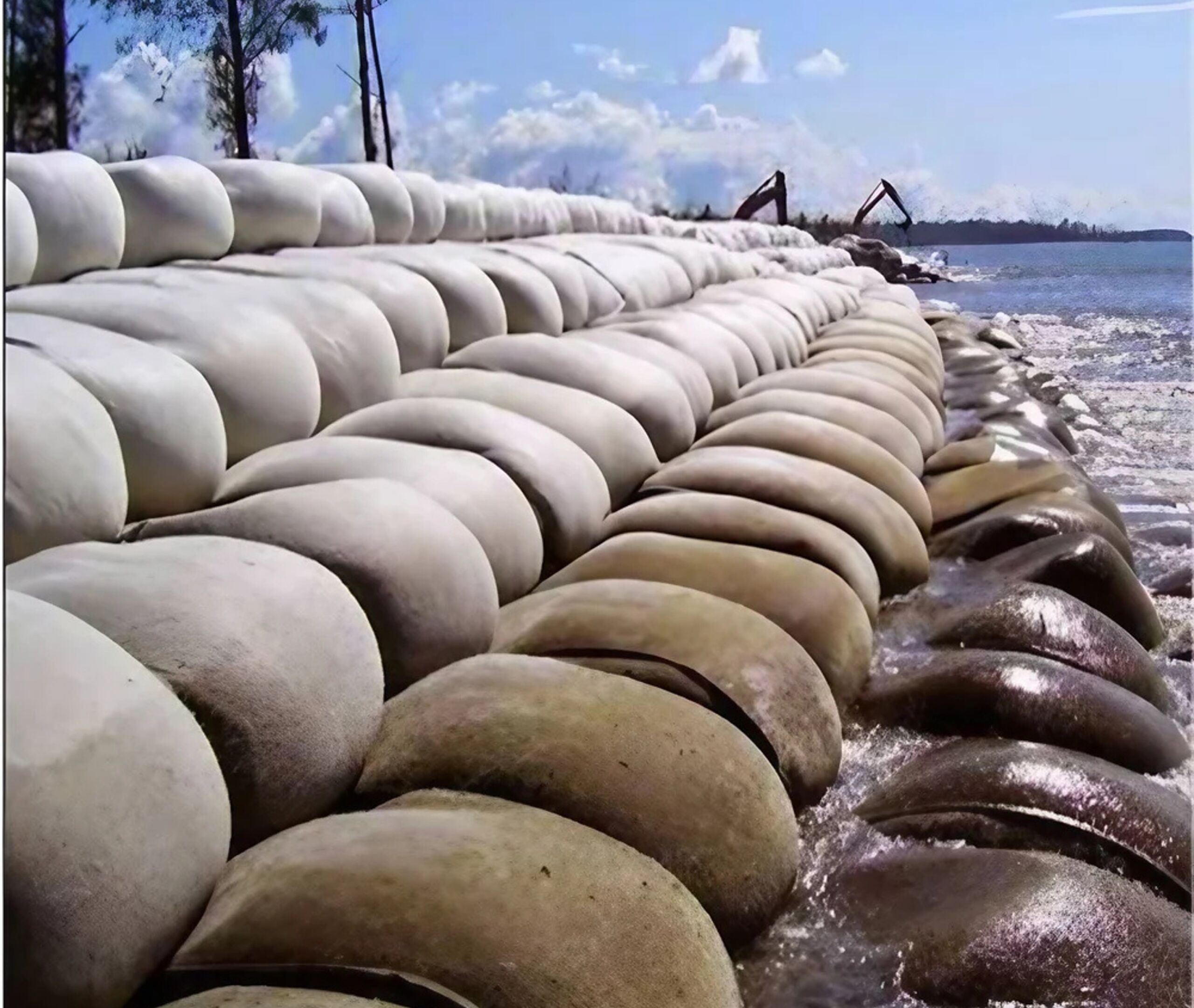

10 FAQs about Geosynthetics Answered for Indian Engineers
1. What are Geosynthetics and why are they important in civil engineering?
Geosynthetics are a type of synthetic products used to stabilize terrain. In particular, they can be used in either stabilizing or enhancing the soil, these are products such as textiles, georids, geonets, geomembranes and composite materials. Such a versatility ranks them along many infrastructure applications all over the subcontinent – paved and unpaved roads, engineered slopes, controlled fill sites, and chemico-physical protective blankets in sanitary landfills or for water containment. Supreme Geotech manufactures and offers a full range of high performing, certification-verified products, engineered to the rigorous mechanical and climatic spectrums of Indian projects, assured performance, uniform quality and ease of in-field application.
2. What types of Geosynthetics are commonly used in India?
Engineers working on Indian projects reach for a broad menu of geosynthetics, selecting the right tool for the goal at hand. Their core options are:
- Geotextiles—light, permeable fabrics that filter, separate, and add tensile strength.
- Geo membranes—dense, watertight sheets that line reservoirs and refuse sites.
- Geogrids—open, grid frameworks that bolster soil and distribute loads over wider areas.
- Geonets—open webs that accelerate drainage and reinforce engineered soil layers.
- Geocells—stackable, honeycomb panels that stabilize slopes and carry vehicle loads.
- Geomats—open weaves that guard soil from erosion and harbor plant roots.
The purpose of each type is distinct, yet they integrate smoothly, improving drainage, reinforcing soil, or securing slopes. Supreme Geotech partners with local engineers by supplying the full suite of geosynthetics, each engineered for Indian terrain and weather, ensuring projects move swiftly and perform for decades.
3. How do Geosynthetics help in road construction?
For road constructions today, geosynthetics systems are the must haves of the businesses. Their pavers and pattern resist the washing away of fines and spread wheel loads over the pavement so that the surface does not rut, thus increasing surface life and reducing the need to divert maintenance budget to cover expensive repairs.
When thick layers of highly durable geotextiles or stiff geogrids are used directly beneath new pavements, the entire cross-section is utilized, and the nasty soft layers are reinforced. Supreme Geotech’s High-Strength geosynthetics, designed for the demanding Indian environment, can withstand enormous repeated loads and stabilize the entire range of native soil profiles, giving engineers long-life, cost-effective road capacity.
4. Can Geosynthetics be used in water containment projects?
Absolutely. You’ll find geomembranes and geosynthetic clay liners deployed across reservoirs, ponds, canals, and landfill caps wherever leakage control is non-negotiable. These engineered barriers keep fresh water in and potential contaminants out, serving as reliable safeguards for valuable resources.
Supreme Geotech has high-strength geomembranes engineered to exceed global performance benchmarks, giving you the peace of mind that your water containment and waste management schemes in India will stay intact over the entire project lifespan.
5. Are Geosynthetics environmentally friendly?
Geosynthetics have an important function in sustainable construction. They reduced demand for virgin material by replacing copious amounts of quarried aggregates. In addition, their Metal Rooftop devices can reduce soil erosion, contain potential contaminants in water and establish vegetation on steep embankments. These fabricated materials divert projects from resource-intensive processes, with lower embodied carbon impact than typical earthworks and aggregates.
6. How do Geosynthetics reduce construction costs?
Because geosynthetics stabilize earth, curb erosion, and channel water, they minimize the need to excavate deep, pour excessive concrete, or import fill. By marrying soil with synthetic textiles, the systems reinforce foundations and embankments, allowing works to carry heavier loads, settle less, and last longer. Projects backed by these engineered products tend to incur fewer maintenance interventions, keeping the life-cycle ledger in the client’s favour.
7. What factors should engineers consider when selecting Geosynthetics?
The use of a geosynthetic in an application requires careful consideration and is not to be taken lightly. Not just soil type, but predicted loads, how drainage should act, climate considerations, specific soil chemistry, ultraviolet considerations, and what you want the geosynthetic layer to do.
This comprehensive testing ensures the material will deliver the performance for which it was designed, and that it can be expected to perform throughout its design life. The Supreme Geotech technical centre provides specific support in selecting materials in relation to India’s wide-ranging sub-soil and regional construction conditions.
8. Can Geosynthetics be used in slope stabilization?
Certainly, when applied for slope stabilization, products like geotextiles, geogrids, and geocells have proven capability. They reinforce embankments and high-retaining walls, guard against land sliding, limit erosional losses, and act as a structural base for vegetation on steep banks. Supreme Geotech supplies products engineered for Indian soil variability, high rainfall erosivity, and the rigorous demands of onsite execution, delivering slope solutions that are both safe and durably effective.
9. How long do Geosynthetics last?
Several interrelated factors govern the lifespan of geosynthetics. Under suitable conditions, engineered geosynthetics will typically perform between 20 and 50 years. Supreme Geotech’s offerings are purposely built to exceed these benchmarks, proving durable in our nation’s diverse and often punishing climates, consistently meeting the demands of both monumental loading and the complex behaviour of native Indian soils.
10. Where can I buy high-quality Geosynthetics in India?
Potential buyers of first-rate geosynthetics in India can confidently approach Supreme Geotech. The firm has established itself as an authoritative distributor of top-tier geosynthetic materials nationwide. Its exhaustive inventory, backed by knowledgeable technical assistance and step-by-step project consultancy, ensures that engineers receive solutions that are not only dependable and resilient but are also delivered with optimal value and tailored specifically to the rigours and legislative needs of Indian civil infrastructure.


